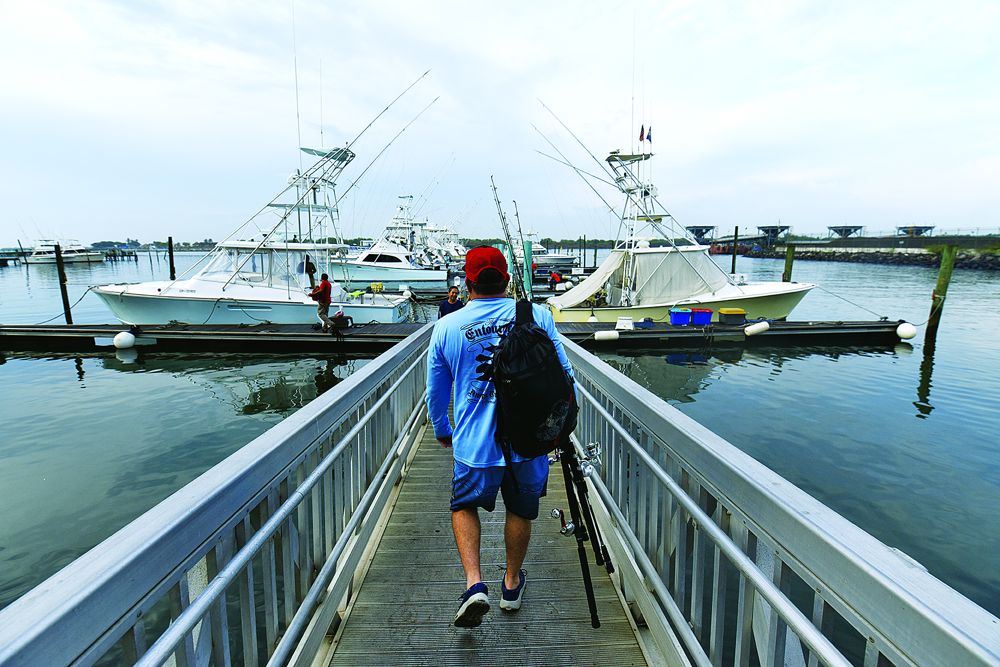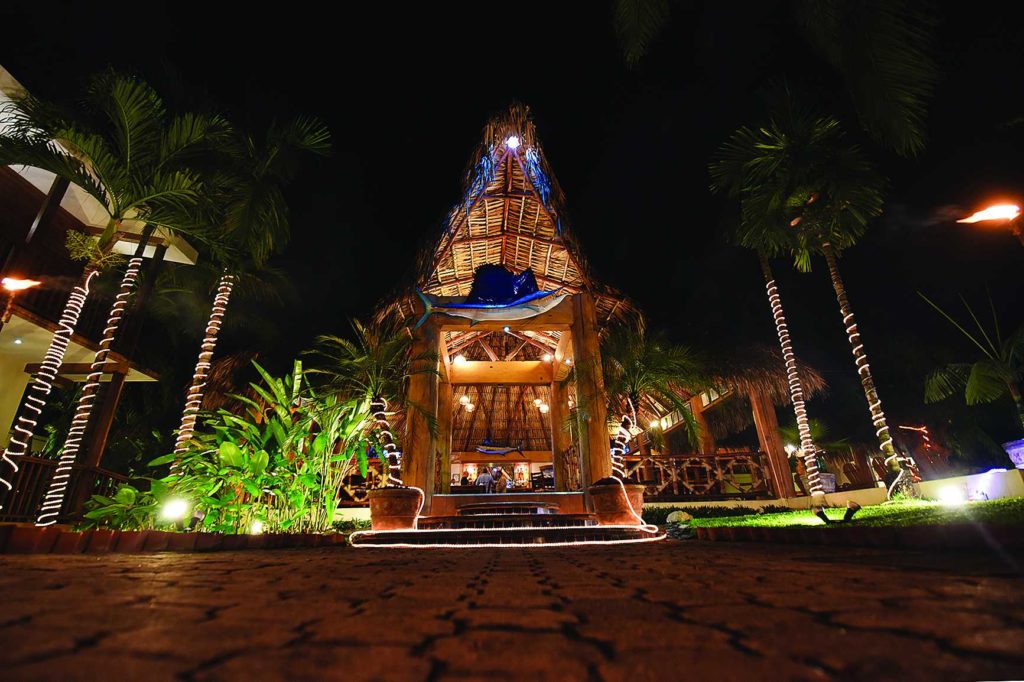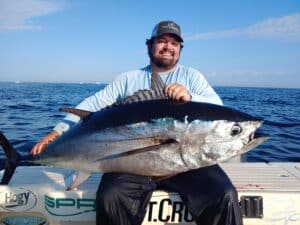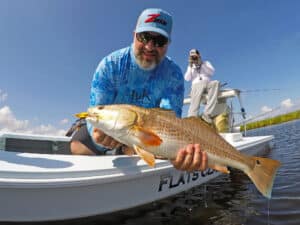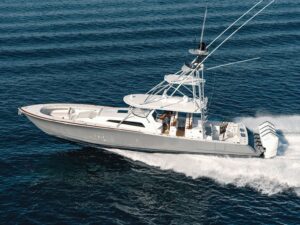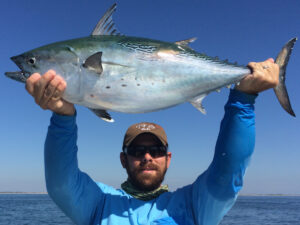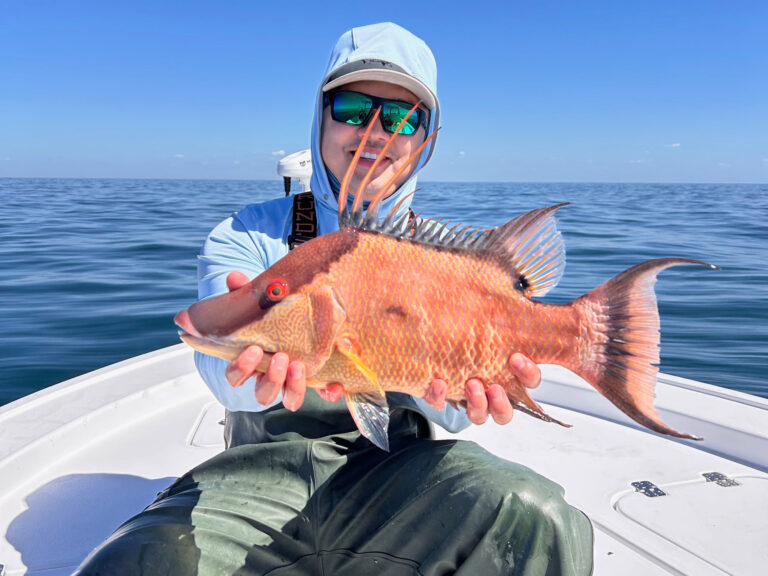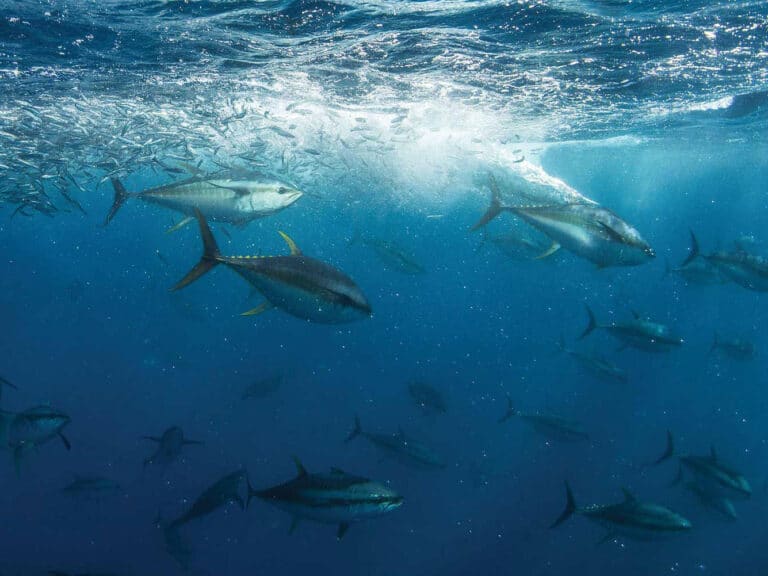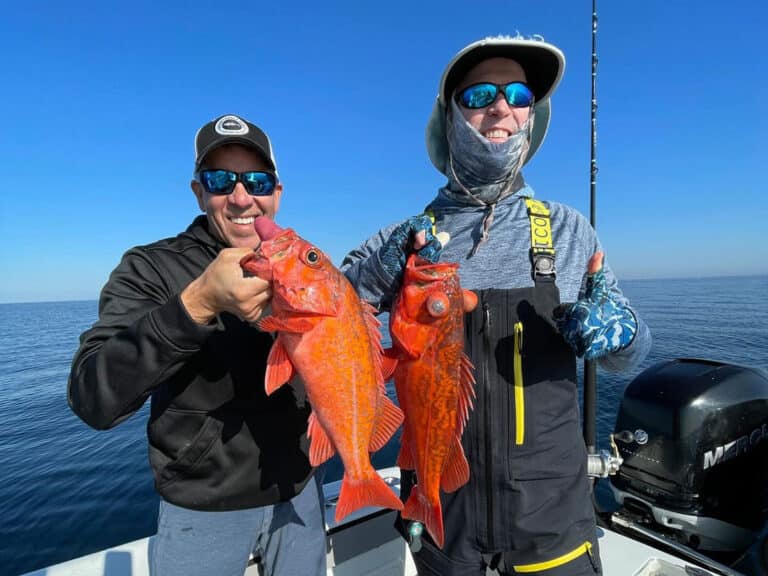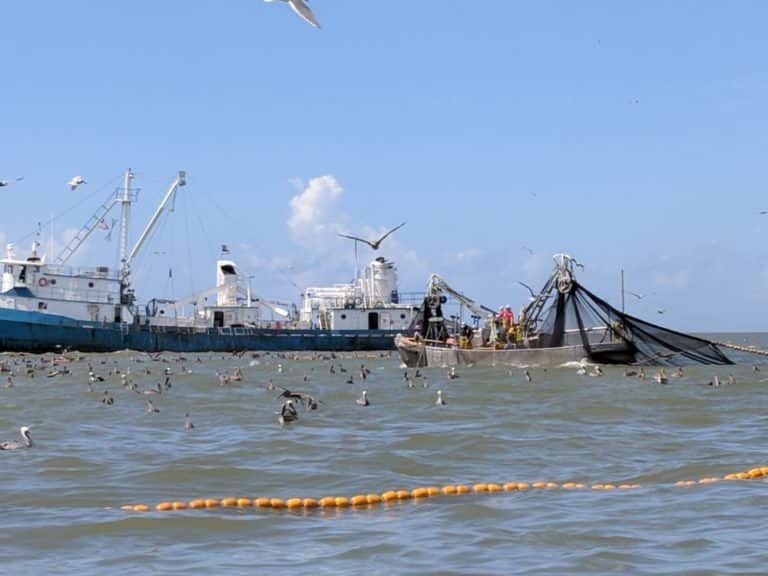
Caught up in the moment, I pretty much forgot I had a bait in the water. In fact, I momentarily forgot everything as I sat in a kayak in the low rolling swells of the Pacific, 40 miles off the Guatemala coast, mesmerized at the scene unfolding about 100 feet away.
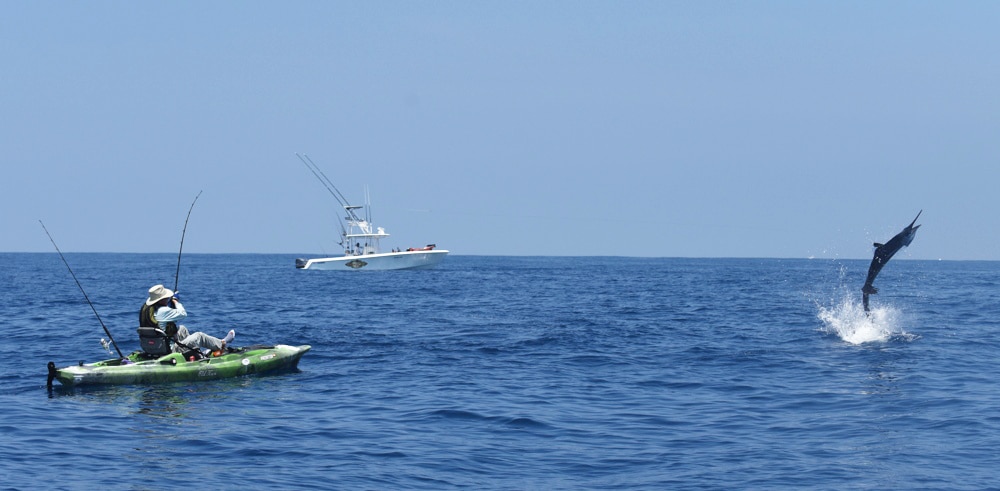
I watched a dude in a green kayak holding onto a rod and reel with what looked like a two-handed death grip as an angry Pacific sailfish came flying out of the ocean right between our two kayaks.
I recall being impressed — while also hoping the fish’s next launch wouldn’t be in my direction. But it took off, pulling the excited angler away.
And about that time, I felt the light conventional rod in my hands being pulled toward the stern of my kayak. That brought me back to planet earth in a hurry. Suddenly tense, I let line slip away with minimal pressure as I continued to pedal the Old Town Predator PDL kayak gently forward. Then, as the spool began whirring in earnest, I pushed the lever to strike and held my breath as the line came tight.
The circle hook found its mark, and suddenly, I saw another angry sailfish leaping, off to my right, this one on my line. Quickly, I turned the rudder to starboard and began pedaling hard to position the kayak so the fish was roughly off the bow. Dealing with a big fish near the kayak when it’s off to the side or astern is asking for trouble.
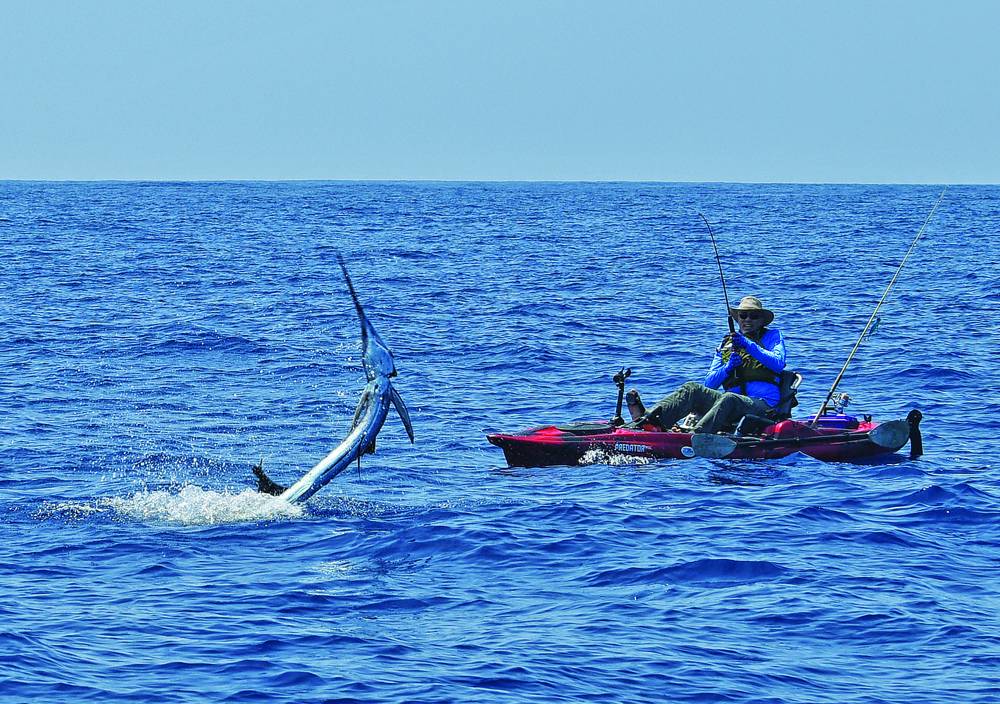
By then, Capt. Chris Sheeder had moved our mothership away, with all eyes on the angler who’d first hooked up — David Hadden — and who was close to releasing his fish.
I did the same shortly after that, following an exhilarating battle I had dreamed of. As always, I experienced the particular buzz that kayak anglers derive from fighting a large fish completely on their own and at water level.
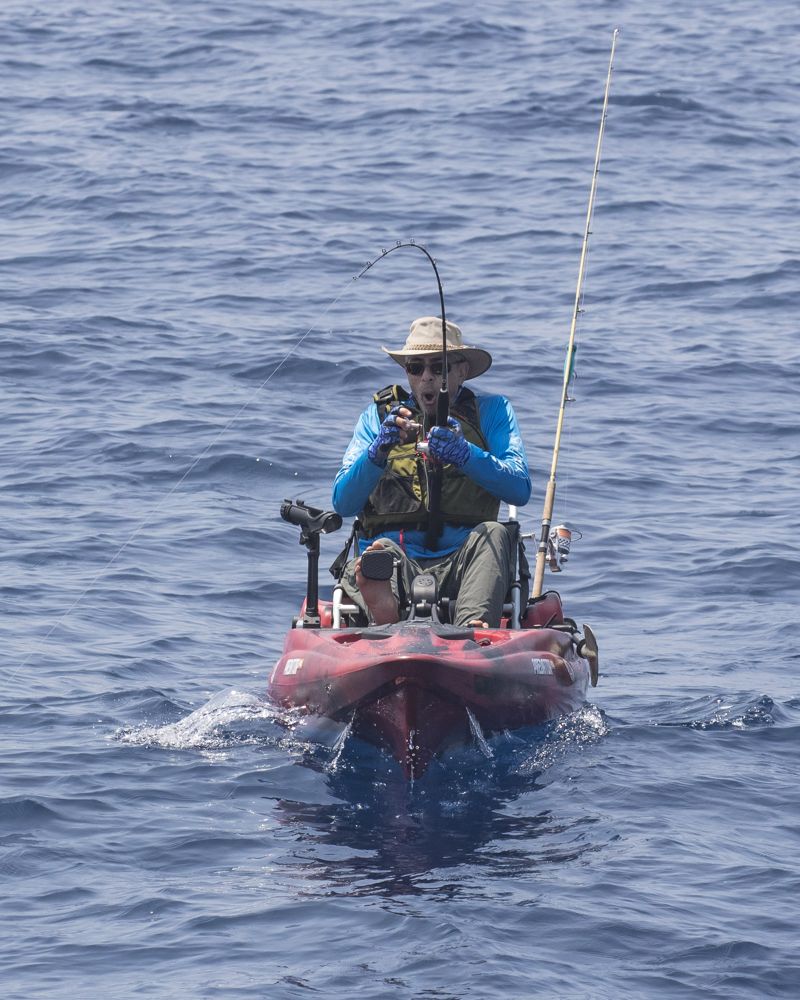
A Veteran Skippers Scores a First
That was the first day of three exploring the potential of kayak-fishing for Guatemala’s abundant sailfish with Sheeder, on his 40-foot Gamefisherman, Rum Line.
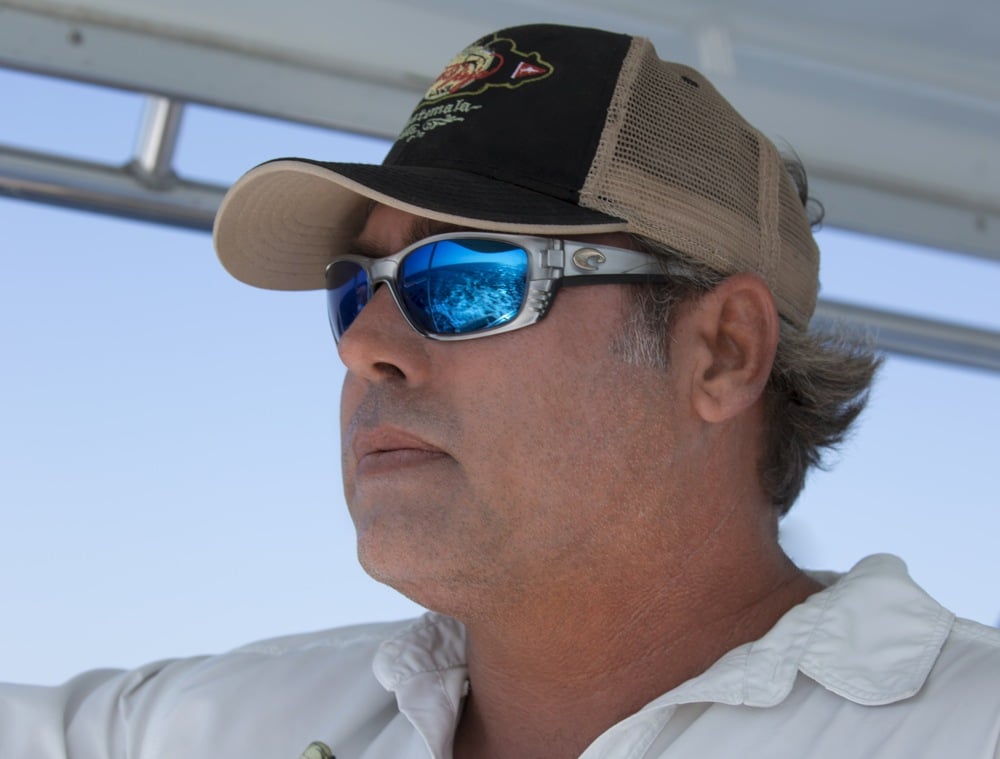
I was joined on this adventure by Hadden, with Old Town, and Rob Sherman, a kayakero from Los Angeles (who released his share of sails during this adventure). Hadden had sent a fleet of Predator kayaks down to the lodge, giving us the chance to fish the new PDL pedal-drive units on the wide, stable fishing kayaks.
This trip marked my first experience with Old Town’s entry in the pedal-powered-kayak market, the Predator PDL. The PDL Drive’s prop can move the kayak along at 4 knots pretty readily, and faster if you have the leg power. Its adjustable seating offered good comfort for many hours of pedaling and fish fighting. With 3 feet of width at its beamiest point, the kayak allowed all three anglers to handle a fair chop. The best part of the PDL design for fishermen, of course, is that the pedals leave both hands free to fish. More information on the Predator is available from the manufacturer..

Sheeder had expressed real interest in the whole project from the get-go. The skipper who’d guided fishermen to tens of thousands of sailfish and marlin liked the idea of a new angle — which would hopefully prove a new option for some anglers.
Live Baits on Downsized Tackle
While Rum Line, like all Casa Vieja sport-fishers, is admirably equipped with fly and conventional tackle perfect for fishing from those boats, we wanted something a bit lighter for the kayaks. We had brought Accurate’s little Valiant 400 reels filled with 40-pound braided line and a mono top shot, and these proved ideal for our needs.
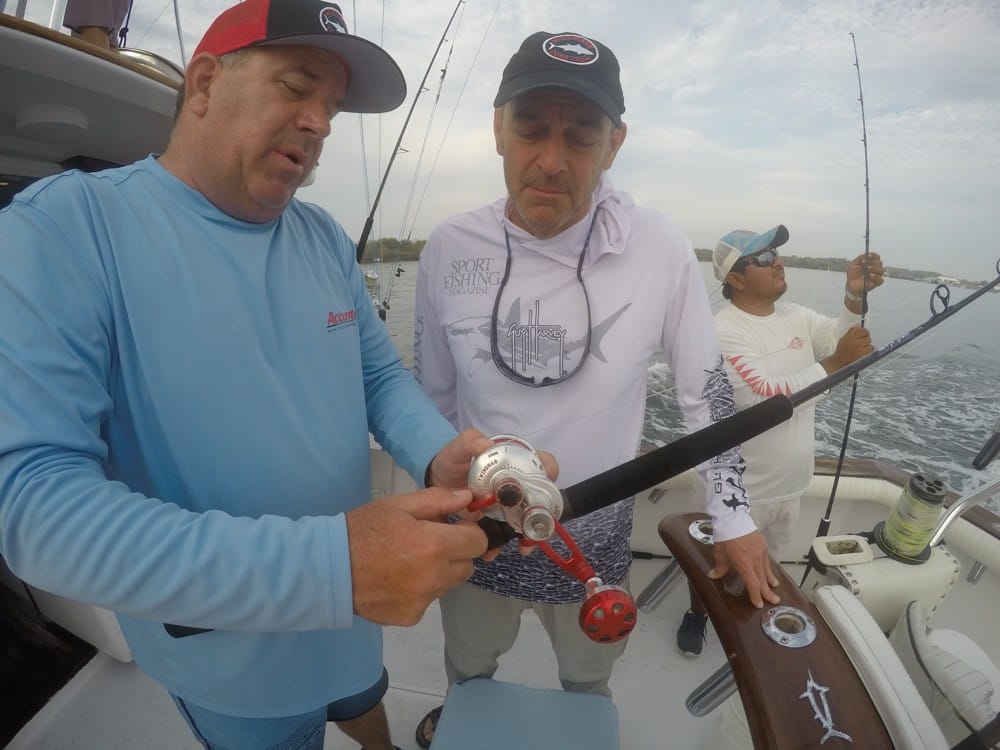
Sheeder also accommodated us with a baitwell full of small live blue runners, a departure from standard operating procedure here, where rigged ballyhoo are the norm for teasers, as well as trolled and pitch baits. Although Sheeder said he suspected the 3- to 4-knot trolling speeds we could maintain in the kayaks would move a ballyhoo sufficiently to catch the attention of sails, he acceded to our preference for liveys, which the crew bridled with circle hooks.
Also a departure from the usual, on these days, Rum Line worked in tandem with one of its Contender 35 ST center consoles, which shadowed the big boat.
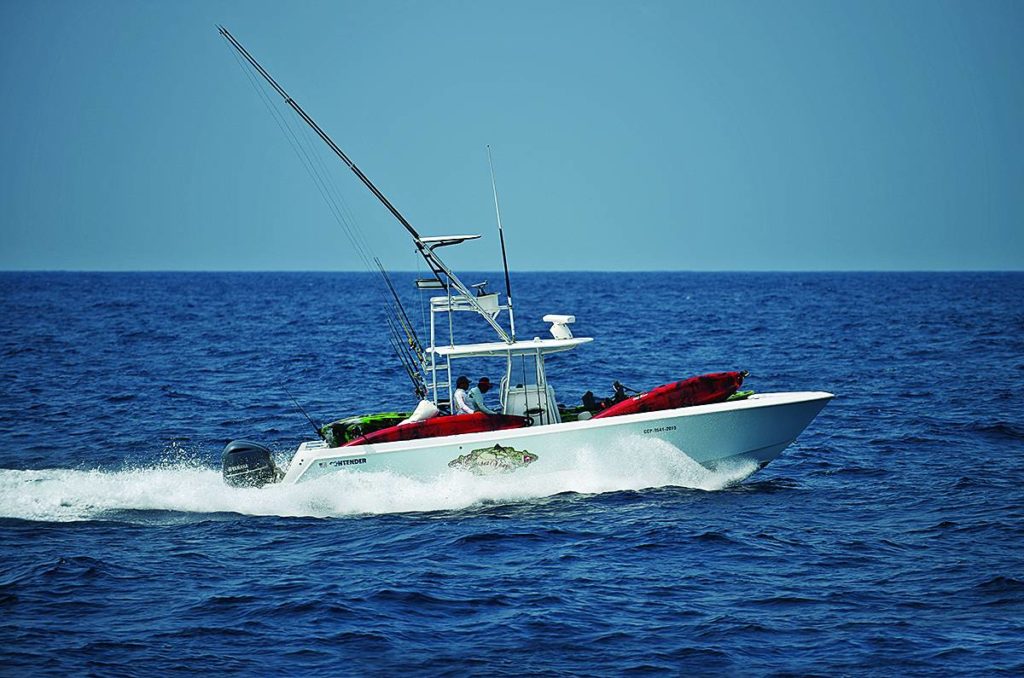
The Contender carried the kayaks to the grounds and offered a second chase boat, primarily for safety. (In retrospect, I would say Rum Line could easily carry the kayaks out in its cockpit and, with anglers staying reasonably close together, would suffice as a single mothership for the yakkers.)
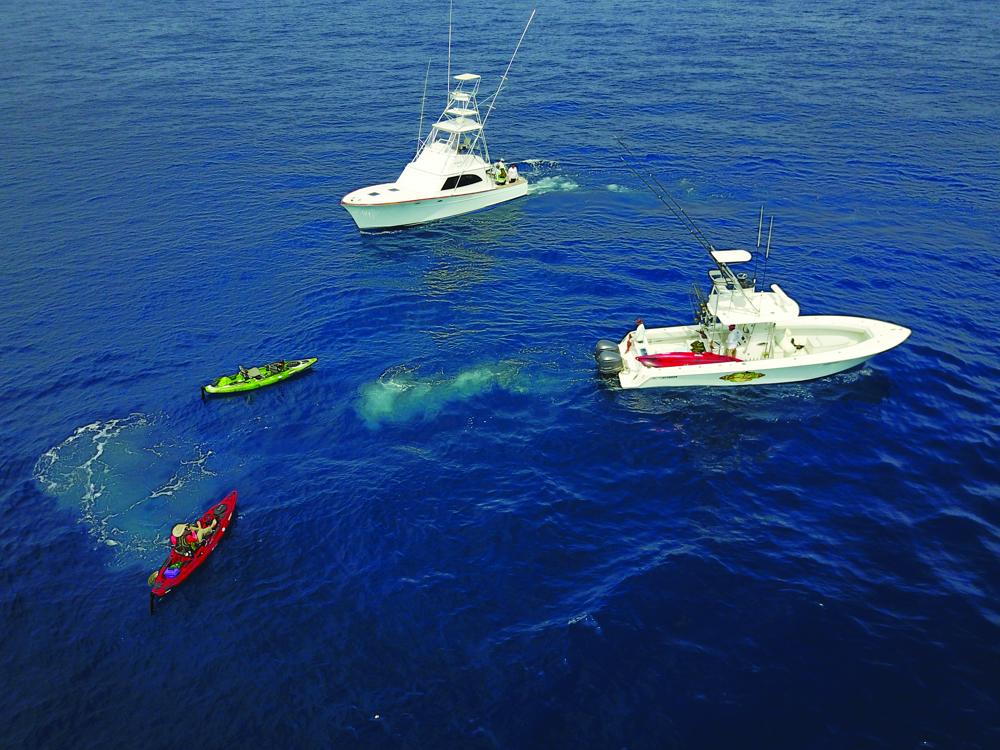
Once launched, we made sure we had gloves, water, snacks, a working VHF radio, a quick-release knife and any other essentials, the idea being that each of us would need to fish self-sufficiently.
That, of course, is in many respects the whole point for those who love the challenge of kayak-fishing: There is no captain or deckhand to help you. You’re the one to hook the fish, fight it and resuscitate and release it. It’s all on you.
I’ve noted a few kayak enthusiasts who haunt online forums are quick to maintain that “real” kayak anglers should launch from shore and accept no help from that point. To that, I say more power to you, boys, if you’re up for the pedal or paddle out 40 miles and back. But I’ll gladly hop a ride offshore (which even under power can take a couple of hours) to get my butt out to the fishing grounds and get hooked up.
From Calm to Sloppy — Negotiating the Seas from a Kayak
While the Pacific off Guatemala is often pretty calm, “pretty calm” is relative, and kayak anglers here would need to pick their days. Our first day was the most kayak-friendly. Since all three of us are experienced kayak guys, loading up boat-side that day was a piece of cake. The other days, a bit choppier, made loading a bit more of a challenge, though very doable. That would likely not be the case for a newbie to kayak-angling, however.

By the third day, the seas — particularly in our 13-foot no-freeboard vessels — proved pretty sloppy. While, again, this could be a recipe for trouble with a beginner, none of us felt that fishing in those conditions was iffy. However, the sea state did require a degree of vigilance we hadn’t needed the first day. All that added to the challenge we faced, though we rose to it, particularly Hadden, who, well into the afternoon when his was the last kayak still out, fought and released two sails back to back.
Mixed Feeling About Marlin
Given those conditions, Sheeder found a way to offer an assist. Trolling its usual spread of teasers nearby, Rum Line raised a pair of sails and quickly changed course to cross just in back of Hadden’s kayak. Sure enough, one of the lit-up sails caught sight of his live bait, and that was all she wrote.

With some blue marlin in the area, we were all holding our breath, particularly at every live-bait take-down, simultaneously hoping to hook one while being worried about getting what we wished for. It wasn’t to happen this trip, but if it had, someone would have been in for an excursion a few notches wilder than the rides we enjoyed while towed behind sailfish.
Bucket-List Experience for Kayak Anglers
“I haven’t had a chance to fish for billfish yet from these kayaks,” Sheeder told me later, “but I could see that it’s a huge rush.”

Sheeder’s assessment is that kayak-fishing for sails here has its pros and cons, including the fact that you can cover only so much ground while looking for fish. “But everything you hook seems so much bigger, given your close proximity,” he said, “with a man-versus-animal factor, with each battle brought to its essentials.”
“The fishing wasn’t exactly Guatemala-great during this adventure, but we still hooked fish every day,” he added.
But best of all for this veteran skipper was what he calls “the joy factor,” seeing anglers who hooked sails “totally stoked.”
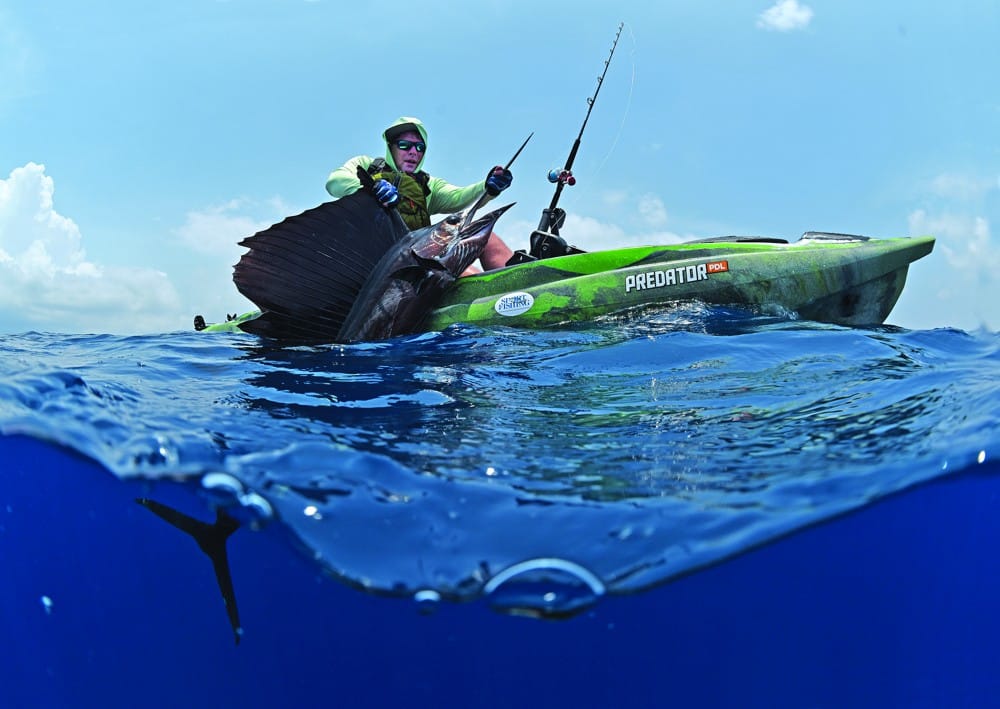
Sheeder offers a critical caveat. Although the lodge’s Old Town Predator PDL kayaks are on hand and available, he notes, “This sort of adventurous fishing should be attempted only by experienced kayakers. This should be a kayak-angling enthusiast’s bucket-list experience, and not the place for a beginner to try his hand at kayak-fishing.”
But for enthusiasts of yak-fishing (and there seem to be more and more of them all the time), a day or two here when weather permits hooking, fighting and releasing sailfish in this manner is worth considering.
“I’m always on the lookout for different, innovative ways to catch these fish, and Guatemala, with our tremendous fishery, is a perfect place to try out such techniques. Kayak-fishing takes the angler off the boat,” says Sheeder, “and puts him basically as close as one can get to the fish in his environment, and that’s pretty cool.”

Planning a Trip to Casa Vieja
If you’re hoping to exercise the kayak option off Guatemala on one or more of your days fishing there, let the lodge know in advance.
Beyond the usual and recommended list of items to bring with you, any plan to fish from kayaks here entails some additional, specific gear. Suggestions: a reliable handheld waterproof VHF radio (I wouldn’t get in a kayak offshore without mine, which happens to be an ICOM IC-M25), an easily accessed quick-release line-cutting tool, a pair of good fishing pliers (I always pack a spare as well), GoPro with appropriate mounts/bands, and good fishing gloves (sailfish bills can be pretty tough on bare hands).

I fashion lanyards with cord and carabiner clips to attach VHF, cutting tool and pliers either to me or to the kayak because it’s all too easy for things to slide off the side of a kayak, plus it’s good to know exactly where such tools are when needed. I also pack along some extra cord, carabiners and small bungee cords.
In this sort of a fishery, I prefer having just one rod to keep things as simple as possible. However, if you plan to carry a second rod — and particularly if you have the cojones to troll two rods — you should use a rod leash.

Also, as noted in the main text, Casa Vieja has lots of rods and reels, but you might want to bring one of the small “mini-mite” lever-drag reels that several manufacturers offer. The 400-size Accurate Valiants we used with 40- or 50-pound braid seemed perfect.
Since my feet and ankles are probably the most exposed parts of me all day under the sun in a kayak, I’ve taken to putting on a pair of light socks rather than repeatedly smearing my feet with sunscreen throughout the day.
Finally, I have to mention what should be obvious: a life jacket. The lodge has ’em. I can’t imagine they’d let a kayakero out on the Pacific without one. Keep it on and fastened.
